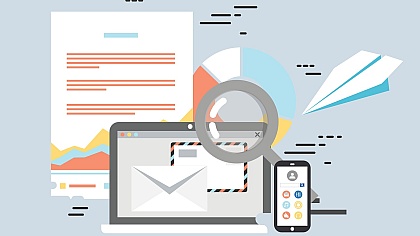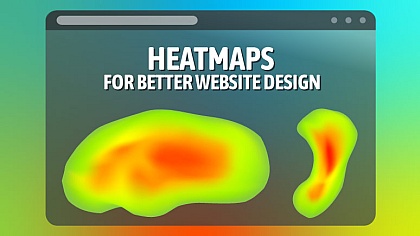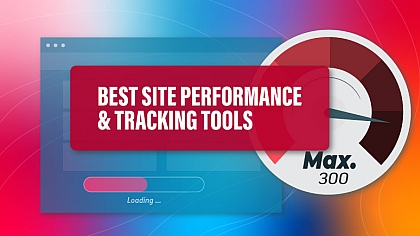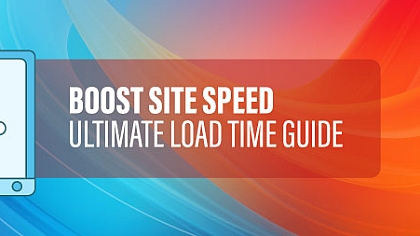
A Step-by-Step Guide to Improve Website Speed & Performance
Statistics on website performance and consumer preferences
In 2024, 42% of internet users said they would leave a website if its functionality were poor. 94% consider easy navigation to be the most important website feature.
If a site is mobile-friendly, 67% of consumers will buy from it. As of February 2024, around 66% of online traffic came from mobile devices.
With a 43% share of websites, WordPress is the most popular content management system. With that in mind, this guide will focus on WordPress websites. You can look at this WordPress tutorial for beginners for additional information.
1. Choose a good hosting provider
A good hosting provider is a company with stable and fast servers. "Stable" means good uptime, at least 99.5%. The best hosting providers offer scalable services that can handle volatile website traffic. You might see an increased load if you have a store running a promotion. A good host will have the resources to cover it.
Customer support is also a crucial factor when choosing a host. In 2024, 75% of consumers will buy more from businesses that offer a good customer experience. Reliable technical support is critical if you encounter serious issues with your website.
2. Update your PHP to the latest version
Hypertext Preprocessor, or PHP, is a popular server-side language for creating dynamic and interactive websites. Updating your PHP will improve performance, resulting in lower resource use and faster processing time.
It will also improve memory management, limiting the amount of memory needed to run your website. Your website will load more quickly.
3. Use a caching solution
Caching speeds up websites and makes pages load faster, especially for people revisiting the site. Caching solutions store frequently accessed data in temporary storage to retrieve it from the cache quickly. Without a caching tool, the data is retrieved from the server with each new request, making the whole process quite time-consuming.
4. Choose a theme carefully
When choosing a theme, consider the demo, the features, the support provided, and the reviews. The demo will show any lagging or other issues. When it comes to features, it's tempting to want as many as possible, but some themes have too many. They come with a lot of unnecessary extras that weigh your site down.
Some themes with top reviews across the board include Hello Elementor, Neve, GeneratePress, Zakra, Astra, Schema, Sydney, and OceanWP.
5. Deactivate unused plugins
Each plugin adds data that your system needs to process. Deactivating unused plugins improves your site's performance.
You don't need image optimization plugins if you are using Cloudflare Pro, Fastly, or KeyCDN. You don't need comment plugins either; just use the native comment section.
Use Query Monitor to detect sluggish plugins and themes. As this plugin also slows down your site, remove it after it recognizes unnecessary elements.
FAQ
What is a fail-safe way to improve website speed?
Combine JavaScript and CSS files into a single file to reduce HTTP requests and compress large images; they slow websites down significantly.
What else slows down WordPress websites?
Poor-quality or slow hosting that doesn't match your traffic or website complexity and the lack of caching plugins. You need a content delivery network to reduce the load on your hosting service.
Do page builders slow down WordPress?
Page builders load numerous files, like style sheets, font files, and various scripts. They slow down the frontend and backend, which impacts page load time. Professional designers avoid page builders.














